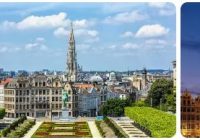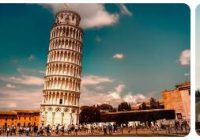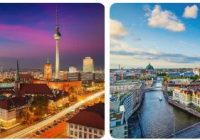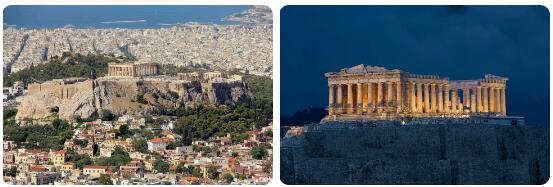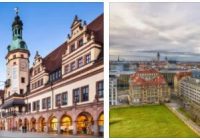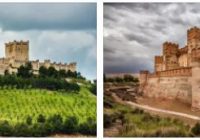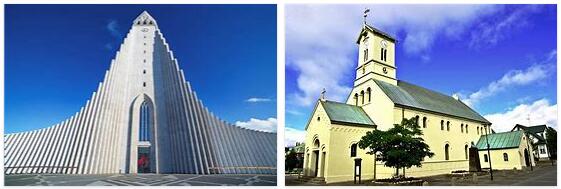Poland Weather by Month
Poland, located in Central Europe, is a country rich in history, culture, and natural beauty. From the bustling streets of its vibrant cities to the tranquil countryside dotted with picturesque villages, Poland offers travelers a diverse range of experiences throughout the year. However, understanding the weather patterns in Poland is essential for planning a successful… Read More »
